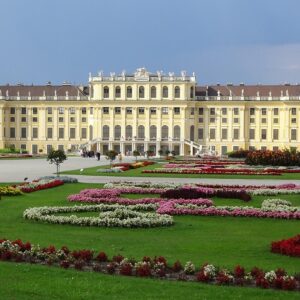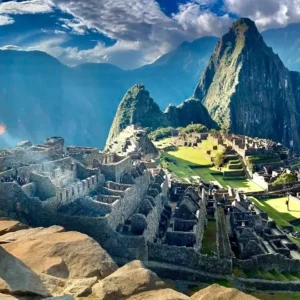
The Northern Lights, also known as the Aurora Borealis, are a natural phenomenon that occurs when electrically charged particles from the sun collide with particles in the Earth’s atmosphere. The collisions create a colorful light display that can be seen in the night sky. The colors and patterns of the Northern Lights depend on the types of particles colliding with the Earth’s atmosphere and the altitude at which they collide.
The best places to see the Northern Lights are typically in high-latitude regions near the Earth’s magnetic poles, such as Iceland, Norway, Sweden, Finland, Canada, and Alaska. Here are some popular bucket list destinations for Northern Lights viewing:
- Reykjavik, Iceland – Iceland is known for its clear skies and relatively mild winter temperatures, making it a popular destination for Northern Lights viewing.
- Tromso, Norway – Located in the Arctic Circle, Tromso is one of the best places to see the Northern Lights. It’s also home to the Northern Lights Planetarium, which offers a simulated experience of the Aurora.
- Abisko National Park, Sweden – Abisko is one of the driest and clearest places to see the Northern Lights. It’s also a popular spot for outdoor activities like dog sledding and snowmobiling.
- Rovaniemi, Finland – This city is located right on the Arctic Circle and is known for its Santa Claus Village. It’s also a great place to see the Northern Lights from a glass igloo or snowmobile tour.
- Yellowknife, Canada – Yellowknife is known as the Aurora Capital of North America, and the best time to see the Northern Lights here is between November and April.
- Fairbanks, Alaska – Fairbanks is located directly under the Auroral Oval, making it one of the best places to see the Northern Lights in North America. The city also offers various tours and experiences to enhance your viewing experience.
Keep in mind that seeing the Northern Lights is never a guarantee, as it depends on various factors like solar activity, weather conditions, and light pollution. However, visiting one of these destinations during the winter months when there are longer nights and clearer skies can increase your chances of seeing this natural phenomenon.





